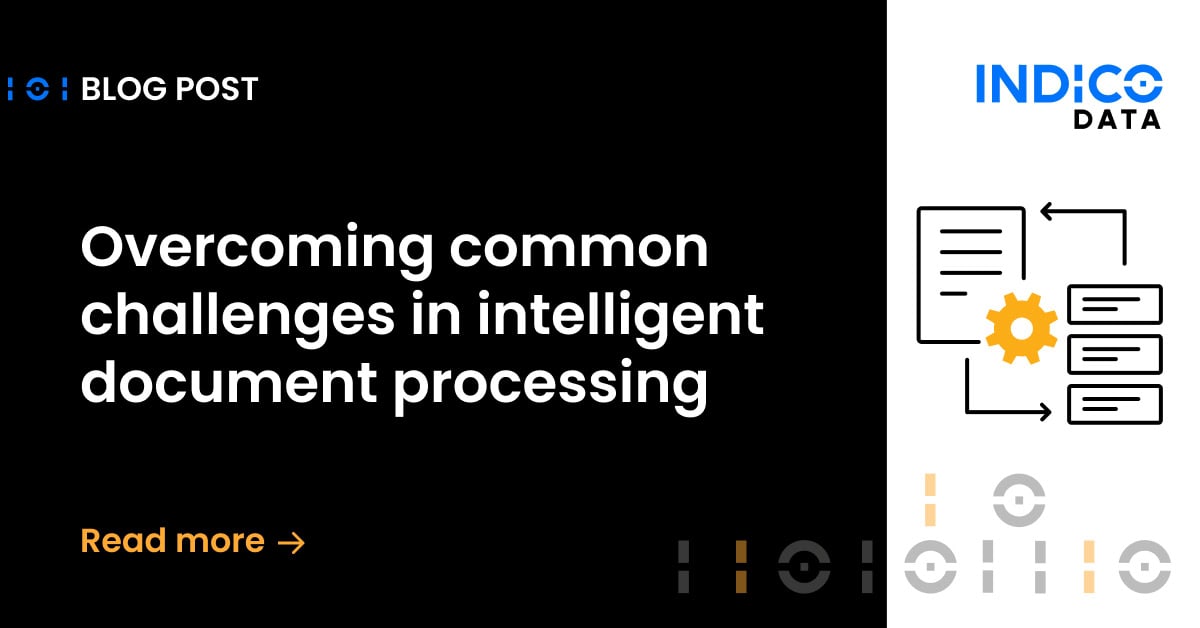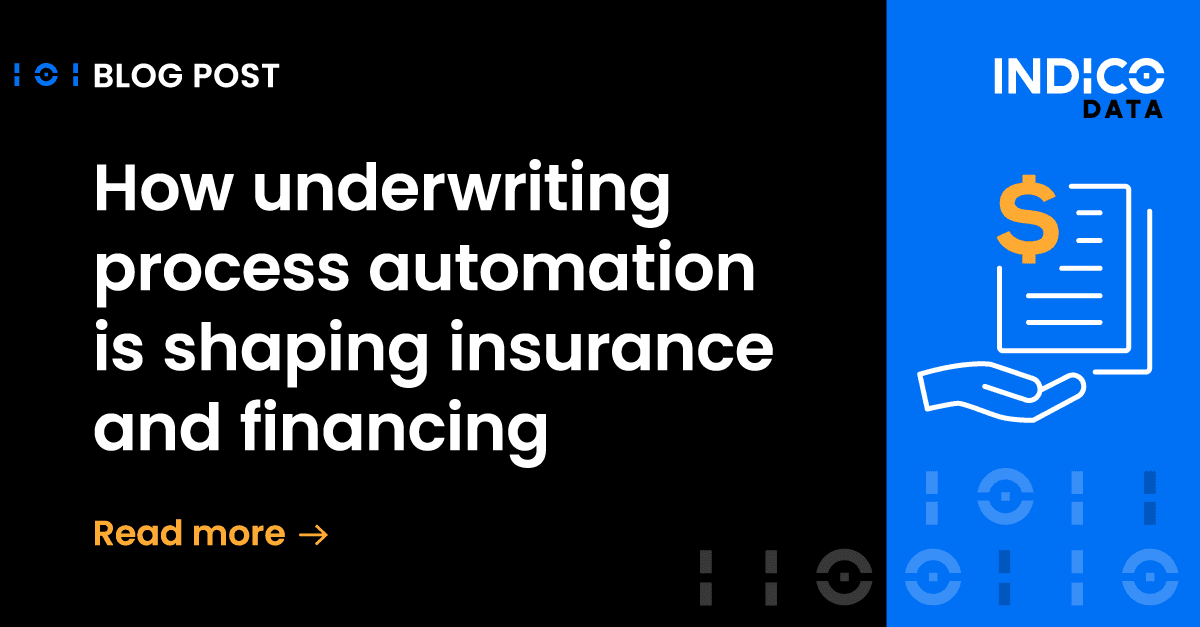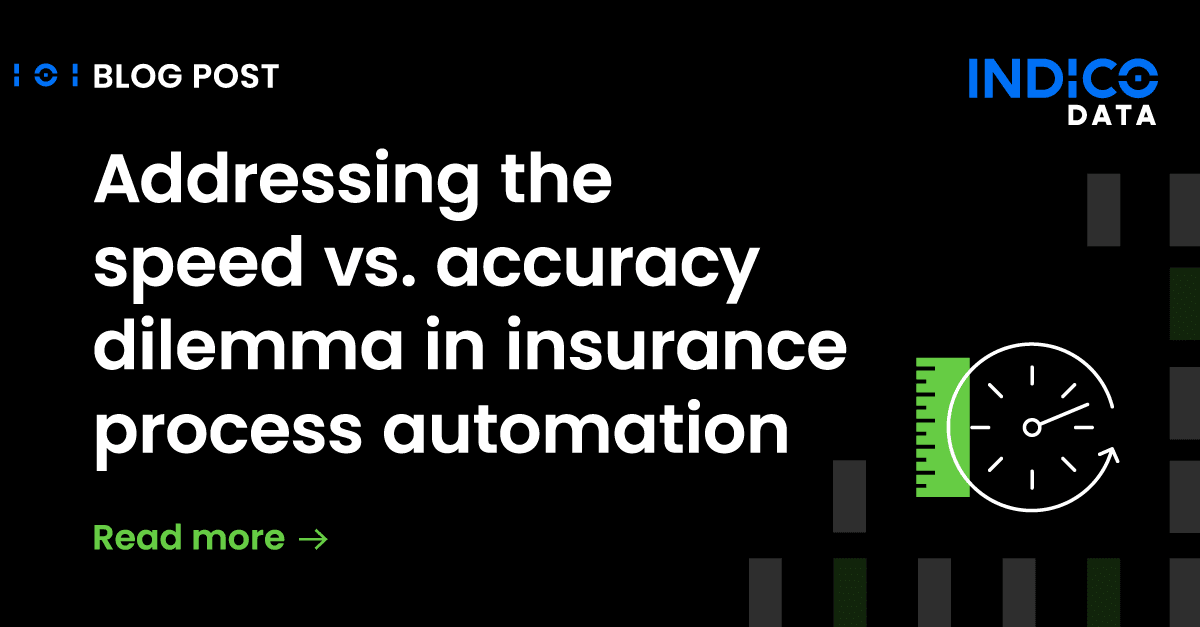In a recent post, we explained how intelligent process automation complements robotic process automation and helps companies maximize the return on investment from automation projects. In this post, we’ll clue you in on some of the top intelligent automation use cases which combine RPA and IPA solutions.
As discussed in the previous post, robotic process automation is great at automating deterministic, repetitive tasks that involve structured data, such as data in a spreadsheet or database. However, it needs help dealing with unstructured data, including videos, images, audio, PDFs, Word documents, emails, and more.
Intelligent process automation use cases take advantage of optical character recognition (OCR), natural language processing (NLP), machine learning and deep learning techniques to understand and process unstructured data, which typically accounts for about 80% of all data in an enterprise. When used together, IPA can complement RPA by dealing with unstructured data. At the same time, RPA handles that structured data, enabling the organization to apply automation technology to a far greater number of tasks. Here are five common use cases that illustrate the point.
Related content: Unstructured data analytics: RPA fails & intelligent automation succeeds
1. Corporate email inbox
Most companies have a central inbox (digital mailroom) that receives emails from customers, contractors, suppliers, and the like, often with attachments. You can use RPA to detect when a new email arrives with an attachment, then automatically route the email to an intelligent automation solution. The IPA solutions extracts the attachment and “read” it, using OCR and NLP. It can also extract relevant unstructured data such as payment terms, invoice numbers, contractual language, etc. The solution can then normalize the data and send it to a downstream platform, such as customer relationship management (CRM) or enterprise resource planning (ERP).
2. Contract renewals
Poor contract management can cost companies a shocking 9% of their annual revenue, according to the IACCM. Your company might not realize they are owed credits, overlook renewal dates on contracts that automatically renew, or even fail to send invoices. RPA platforms can automate processes to help deal with these issues but are limited due to language variability. For instance, provisions and clauses across contracts may be worded differently but mean similar things. Here is where IPA plays a powerful role: its ability to understand context through natural language processing so the RPA system can alert the right person and minimize financial waste.
3. Invoice automation
For invoice processing, RPA can automate data input, reconciliation error correction and some decision-making. But the challenge is dealing with the many formats different vendors use for their invoices. That’s where IPA can contribute—by using NLP and other machine learning techniques to understand and pull out necessary data from the invoices, normalize it to a structured format, then send it back to the RPA platform for automated data input, error handling and so on.
4. Financial document analysis
Financial firms need to compile lots of data for monthly and quarterly reports. RPA can aid in the process by automating data collection from various structured sources. But if you introduce unstructured PDF documents into the process, RPA hits its limit. Now you need the OCR and NLP capabilities of an IA solution to pull out relevant information and convert it into a structured format that the RPA tool can deal with. (Take a deeper dive into this financial services IPA use case here).
5. Insurance claims automation
Insurance companies can automate some aspects of the claims process with RPA platforms, such as inputting data from structured sources and ensuring all required fields are filled out. But insurance claims often include unstructured data, including photos showing auto damage, PDFs of scanned drivers’ licenses, or CT scans for a healthcare insurance claim. Tools for intelligent automation in insurance can extract relevant information from these sources, once again adding value to the RPA tool.
Related content: Achieving unstructured data automation with RPA
To learn more about how IPA helps automate processes that include unstructured data, download this free analyst report from the Everest Group, Intelligent Document Processing for Unstructured Documents.


